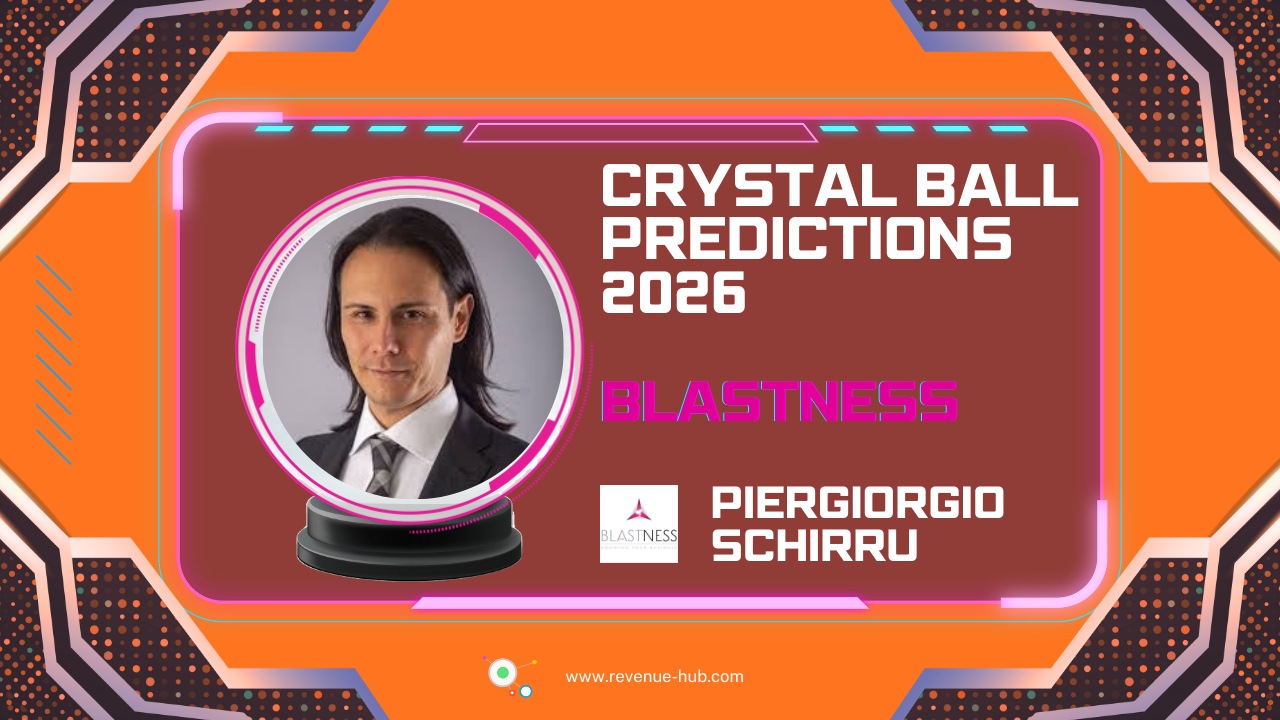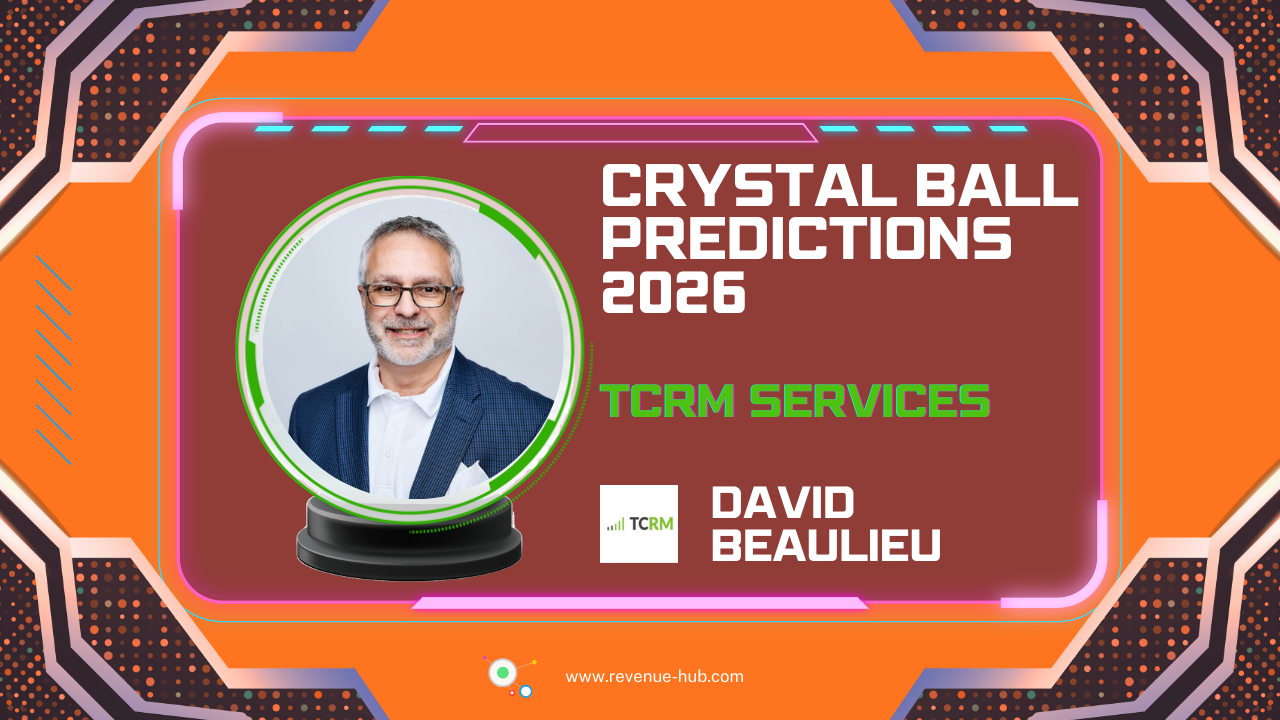
The high-performing team paradox stems from a simple but powerful flaw in the traditional management model.
NB: This is an article from Demand Calendar
Subscribe to our weekly newsletter and stay up to date
When you manage and reward departments based on siloed, vertical KPIs, you unintentionally incentivize them to make decisions that benefit their specific column, often at the expense of the hotel’s overall profitability.
Think about these common scenarios:
- Sales vs. Revenue Management: The Sales team books a large group and meets their room-night target by offering a deeply discounted rate, which seems successful in their report. However, they lack visibility into the total demand forecast from Revenue Management and unknowingly displace higher-paying transient guests, causing a significant drop in the hotel’s potential RevPAR for that period.
- Marketing vs. Operations & F&B: The Marketing team launches a brilliant campaign that successfully attracts a new leisure segment, hitting their acquisition goals. However, analysis (if it’s even possible) later shows this segment rarely dines in the hotel’s restaurants, doesn’t use the spa, and has a low total spend. The hotel filled rooms but lost out on high-margin ancillary revenue, creating a “profit leak.”
In both cases, everyone did their job well according to their individual goals, but the hotel as a whole left money on the table. The siloed structure makes it impossible to see the downstream consequences of decisions, creating a system riddled with these hidden inefficiencies. True optimization requires a shift in perspective.
The Solution: The 5 Stages of a Profitable Guest Journey
If optimizing in silos leads to profit leaks, the solution is to re-orient your entire commercial strategy around a single, unified process: the guest journey. This framework provides a holistic operating model for a modern hotel or hotel group, ensuring that actions taken in one stage positively influence the next, all while balancing guest satisfaction and profitability.
The journey can be visualized as five interconnected stages, each representing a critical phase in your relationship with the guest:

The power of this model lies in its continuity. Success isn’t about excelling at just one stage; it’s about seamlessly guiding the guest from one to the next. The essential connecting thread that holds this entire journey together is a unified, holistic view of your data. Without it, the pieces remain separate puzzles. With it, you can finally see the complete picture of your business.
Applying Business Intelligence to Master Each Stage
A unified BI platform isn’t just a reporting tool; it’s an asset that provides the specific intelligence needed to optimize decisions at every point in the guest journey. Connecting data from across your operation allows your teams to work more effectively and profitably.
Stage 1: ATTRACT – Targeting with Precision
The goal here is not just to reach potential customers, but to attract guests with a high lifetime value at a low acquisition cost. A powerful Hotel Business Intelligence platform analyzes historical data to identify your most profitable micro-segments, revealing not just who they are, but their booking patterns and spending habits. It tracks the ROI of your marketing campaigns and optimizes your channel mix based on net contribution, not just top-line revenue, ensuring you spend your marketing budget wisely.




